Boats at Lach Hoi Fishing Port, Sam Son Ward prepare raw materials and fuel to go offshore for fishing.
"Red eyes" looking for a boat mate to go out to sea
We arrived at Lach Hoi Fishing Port (Sam Son Ward) at the time when ships and boats were in the fishing season. However, there were still many ships and boats anchored at the port. Although excited and hopeful for a lucky trip, Mr. Pham Gia Thuong, owner of the TH-91856 TS ship, was still worried. Because his family's fishing boat has a capacity of more than 800 horsepower, each trip to sea requires about 10 workers to ensure all stages of the fishing process. On the day of going to sea, there were only 8 crew members and the ship owner. Mr. Thuong said: “Although we have been preparing for the new sea trip for a whole week, we still cannot gather enough crew members. With large capacity vessels, fishing with nets in the Gulf of Tonkin like ours requires people with experience at sea and knowledge of fishing techniques. However, in recent years, finding workers at sea has been relatively difficult, due to the nature of the job, many fishermen have lost interest in the profession and have switched to other jobs that are less strenuous and dangerous.”
Sharing the same situation of "red eyes" looking for crew members to go out to sea, Mr. Nguyen Huu Ha, owner of fishing boat TH-90387 TS (Hoang Truong commune), said: "With a large capacity boat, for each trip at sea, we need at least 12 experienced workers. However, most trips can only find 7-8 workers. There are times when we cannot go out to sea to fish because of lack of manpower."
The shortage of labor for offshore trips has become a familiar problem for ship owners in coastal localities, especially young, healthy, and skilled workers. It is known that the average income of workers directly at sea is from 9 to 10 million VND/month, even at peak times many ship owners raise the income to 10 to 12 million VND/person/month but it is still difficult to attract human resources. Through discussion, ship owners said that the reason for the scarcity of seafaring labor is that in recent years, most large-capacity ships have had to search for new, offshore fishing grounds to achieve effective exploitation, so the demand for labor is higher than before. The existing labor force in localities is not enough to meet the increasing demand. In addition, the seafaring profession has an unstable income while containing many risks and hardships, so many workers have chosen new jobs with higher incomes. On the other hand, as life improves, income from the sea is higher, fishermen's children have the opportunity to study, so they give up the profession, leading to a shortage of young workers. The Fisheries Law and the Labor Code have regulations related to the professional qualifications and regime of crew members working on ships with a capacity of 90CV or more, so it is even more difficult for large-capacity ships to find workers who meet the requirements of the law.
It is necessary to restructure the industry in the direction of selection and appropriate production organization.
According to statistics, by August 2025, the whole province had 6,603 fishing vessels with more than 21,600 workers directly at sea. Of which, 1,062 fishing vessels with a length of 15m or more specialized in offshore seafood exploitation; 5,541 fishing vessels with a length of less than 15m specialized in coastal and offshore exploitation. Along with that, the structure of aquatic exploitation in the province is very diverse, such as: Trawling accounts for 30.8% of the total number of fishing vessels; purse seine accounts for 3.5%; gillnet accounts for 23.7%; fishing accounts for 5.6%; netting accounts for 6.6%; logistics accounts for 2.5%; cage trapping and other occupations account for 27.3%. However, the marine labor force in the province is mainly unprofessional, unstable, and low-skilled. Currently, in the province, only about 50% of seafarers have received training, including participation in training classes and short courses; the remaining 50% of workers have not received training.
In reality, fishing based on experience has not brought high efficiency, so many ship owners have invested and cooperated to buy large capacity ships, with modern equipment to ensure long offshore trips in large fishing grounds. That leads to a greater need for labor, especially skilled labor. To overcome the shortage of seafarers, according to Mr. Le Ba Luc, Head of the Sea and Islands and Exploitation Department, Sea and Islands and Fisheries Sub-Department (Department of Agriculture and Environment), said: "In the short term, it is necessary to encourage ship owners to invest capital to develop large capacity vehicles, apply modern machinery and equipment to the fishing stage, in order to minimize direct labor at sea. In the long term, it is necessary to restructure the industry in the direction of selecting and organizing appropriate production through mechanisms, policies and support from the State to create incentives to encourage workers to stick with the seafaring profession".
Article and photos: Hoa Binh
Source: https://baothanhhoa.vn/giai-bai-toan-nbsp-thieu-lao-dong-nghe-bien-260399.htm


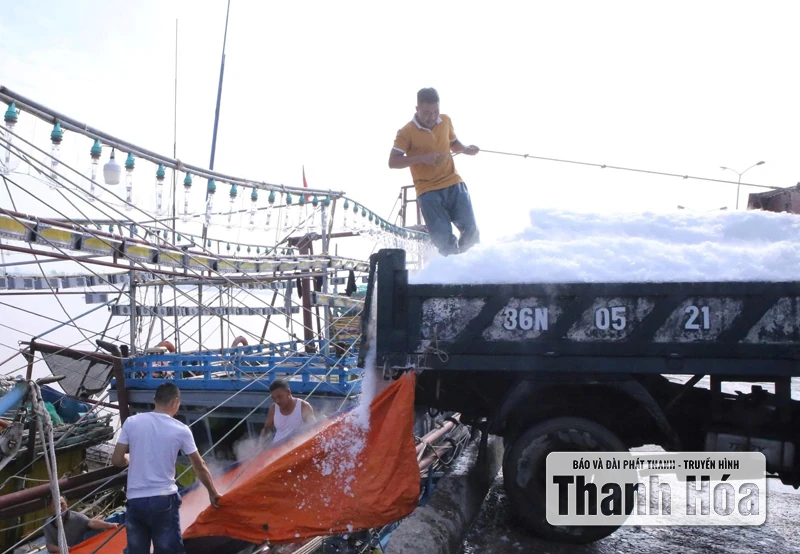


![[Photo] President of the Cuban National Assembly visits President Ho Chi Minh's Mausoleum](https://vphoto.vietnam.vn/thumb/1200x675/vietnam/resource/IMAGE/2025/10/1/39f1142310fc4dae9e3de4fcc9ac2ed0)
![[Photo] Hanoi morning of October 1: Prolonged flooding, people wade to work](https://vphoto.vietnam.vn/thumb/1200x675/vietnam/resource/IMAGE/2025/10/1/189be28938e3493fa26b2938efa2059e)




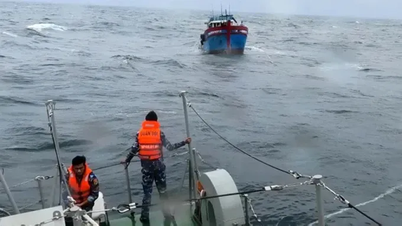

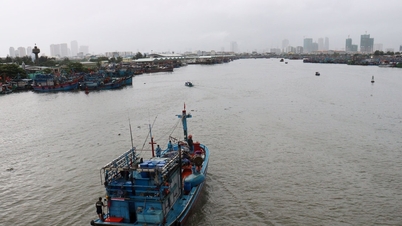

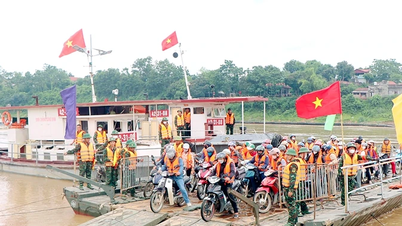

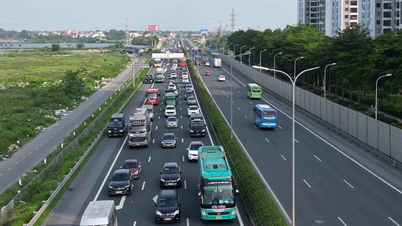


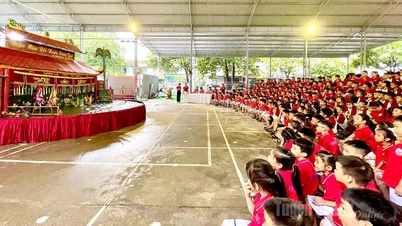





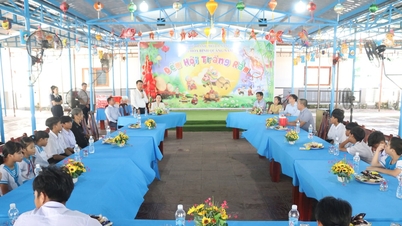


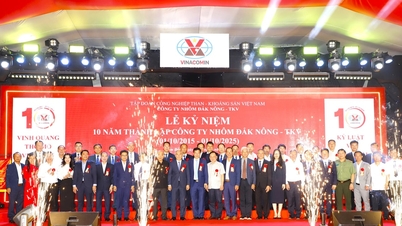



















































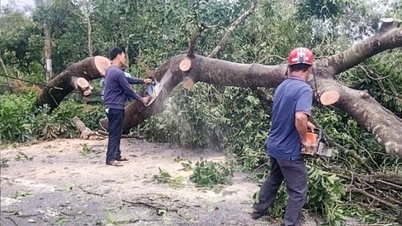

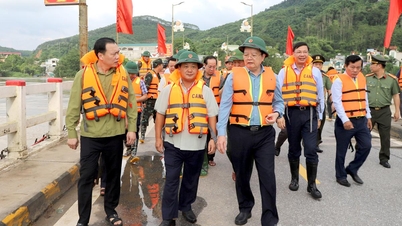

















Comment (0)